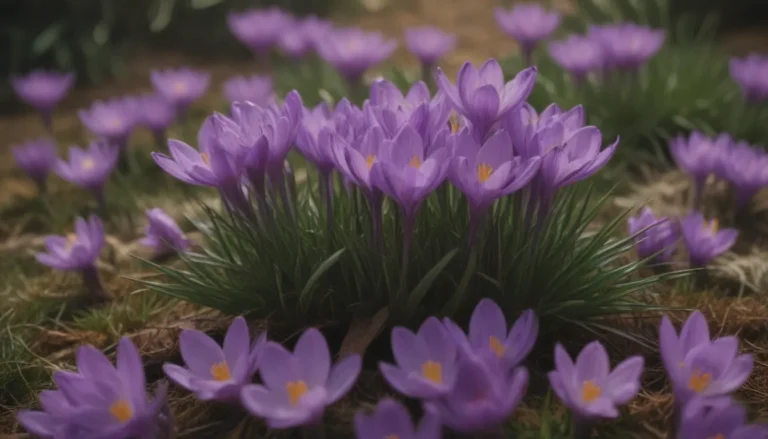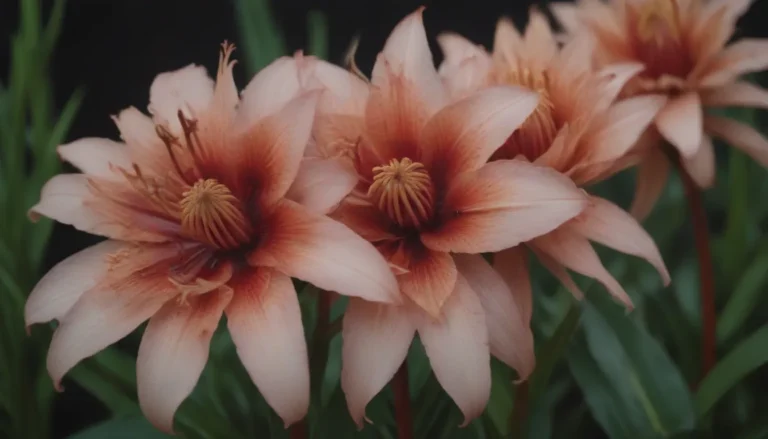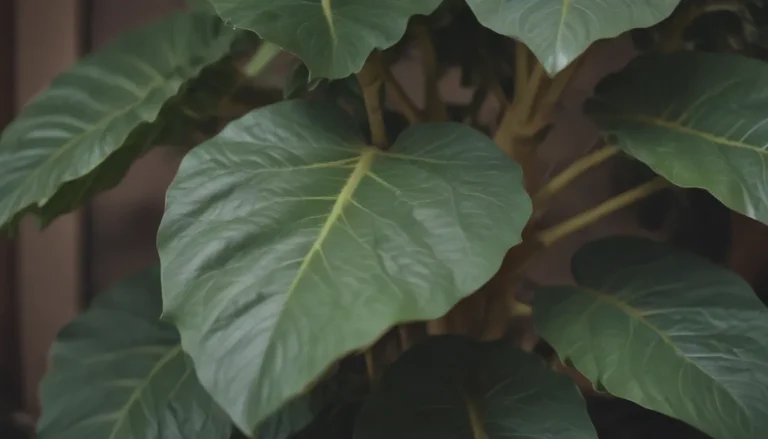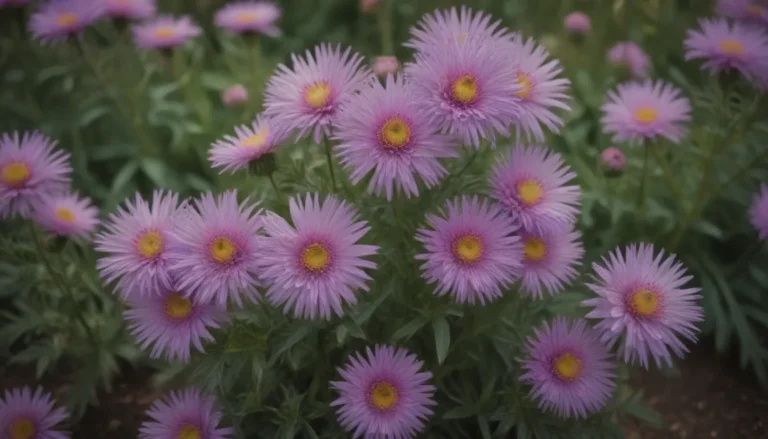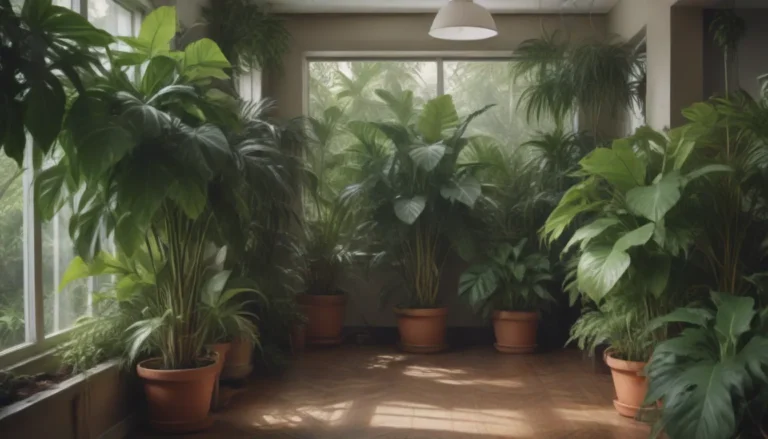Understanding the Difference Between Topsoil and Garden Soil
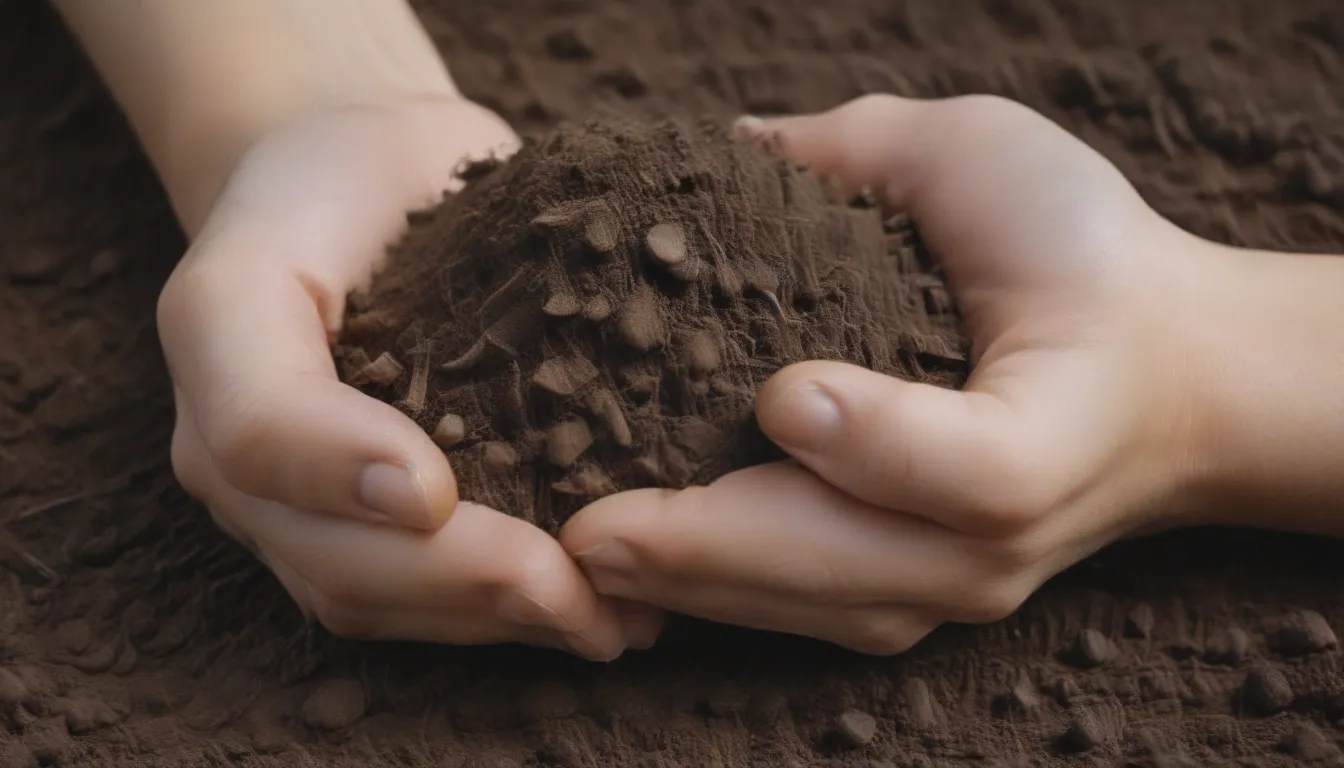
Gardening is a rewarding hobby that allows us to connect with nature and create beautiful landscapes. Whether you’re a seasoned gardener or just starting out, understanding the differences between topsoil and garden soil is crucial for the success of your gardening projects. In this comprehensive guide, we will delve into the properties of topsoil, garden soil, when to use each type, and practical tips for utilizing them effectively in your garden.
What Is Topsoil?
Topsoil is the uppermost layer of the earth’s crust, rich in clay, sand, and silt. It is a crucial component of healthy soil, as it contains essential minerals and organic matter that support plant growth. Topsoil is teeming with organisms, microorganisms, and bacteria that work together to break down organic materials into nutrients that nourish plants.
Key Characteristics of Topsoil:
- Composed of clay, sand, and silt
- Contains minerals broken down from rocks, wood, and organic matter
- Active with organisms that promote nutrient availability for plants
What Is Garden Soil?
Garden soil, also known as loam, is the ideal soil composition for gardening. It consists of 40 percent silt, 40 percent sand, and 20 percent clay, providing a balanced pH level and optimal nutrient availability for plants. Garden soil is topsoil that has been amended with organic or inorganic fertilizers to support the growth of edible, ornamental, and landscape plants.
Key Characteristics of Garden Soil:
- Balanced pH level for specific plant growth
- Contains readily available minerals and nutrients for plants
- Amended with organic or inorganic fertilizers
Topsoil vs. Garden Soil
While both topsoil and garden soil are essential for gardening projects, they serve different purposes and have distinct characteristics.
Topsoil:
- Graded based on processing and organic material content
- May be screened or unscreened, with varying sand or clay percentages
- Sold in bulk by the cubic yard or cubic foot
- Does not contain inorganic fertilizers
- Ideal for landscaping projects like planting lawns, trees, and shrubs
Garden Soil:
- Mixture of screened topsoil with uniform particles and nutrient availability
- Ready-to-use mix, mostly free of solid material
- Available in bags at garden centers
- May include organic or inorganic fertilizers
- Suitable for flower and vegetable gardens, raised beds, and container gardening
When to Use Topsoil vs. Garden Soil
The decision to use topsoil or garden soil depends on the specific needs of your gardening project. Consider the following factors when choosing between the two:
Topsoil:
- Cost-effective option for large garden projects requiring cubic yards of soil
- Suitable for landscaping projects, filling holes, and leveling uneven lawns
- Ideal for building raised garden beds or as a lower layer in container gardening
Garden Soil:
- More expensive than topsoil, but provides immediate nutrient availability to plants
- Suitable for adding nutrients to existing flower and vegetable gardens
- Ideal for top layer in raised beds and container gardening
Practical Tip:
When starting a new flowerbed or vegetable garden, the existing topsoil layer likely contains essential nutrients for plant growth. Consider adjusting the pH level or adding organic compost if necessary. If the topsoil layer is not deep enough, supplement with a layer of garden soil for optimal plant health.
In conclusion, both topsoil and garden soil play vital roles in creating healthy and thriving gardens. By understanding the differences between the two and knowing when to use each type, you can achieve successful gardening projects and cultivate vibrant landscapes that delight the senses. Happy gardening!
